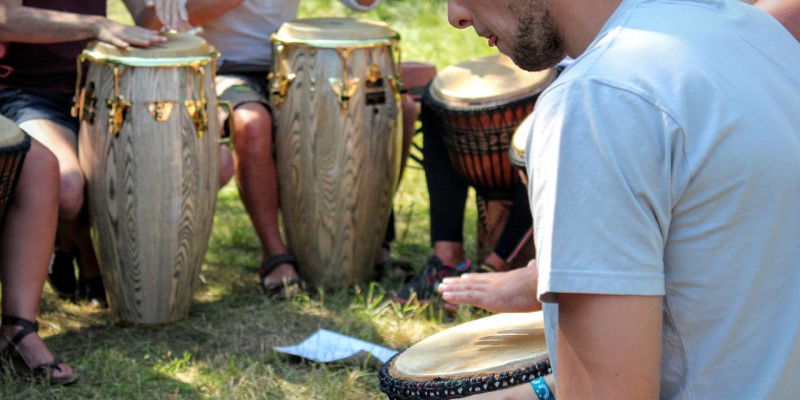Feeling anxious and stressed is a common experience in today’s fast-paced world. Whether it’s due to work, school, relationships, or other factors, anxiety can take a toll on your mental and physical well-being. One effective way to reduce anxiety and calm your mind is through diaphragmatic breathing exercises.
Diaphragmatic breathing, also known as deep breathing or abdominal breathing, is a breathing technique that involves utilizing the diaphragm, a muscle located between the chest and abdomen. When practiced regularly, diaphragmatic breathing can help lower stress levels, improve oxygen flow, and promote relaxation.
If you’re looking to incorporate diaphragmatic breathing exercises into your daily routine, here are six of the best exercises to help reduce anxiety:
1. Four-Seven-Eight breathing: This technique involves inhaling for a count of four, holding your breath for a count of seven, and exhaling for a count of eight. Repeat this sequence several times to calm your mind and reduce anxiety.
2. Belly breathing: Lie down on your back or sit in a comfortable position. Place one hand on your chest and the other on your abdomen. Inhale deeply through your nose, allowing your abdomen to rise as you fill your lungs with air. Exhale slowly through your mouth, feeling your abdomen fall. Repeat this process for several minutes to promote relaxation.
3. Square breathing: With this exercise, you inhale for a count of four, hold your breath for a count of four, exhale for a count of four, and hold your breath for a count of four again. This pattern creates a square shape and helps regulate your breathing and reduce anxiety.
4. Straw breathing: This exercise involves using a straw to inhale and exhale slowly. Place the straw in your mouth and inhale deeply through the straw, feeling your abdomen rise. Exhale slowly through the straw, feeling your abdomen fall. This exercise can help you focus on your breathing and reduce anxiety.
5. Progressive relaxation: Combine diaphragmatic breathing with progressive muscle relaxation by tensing and then relaxing different muscle groups as you breathe. Start at your toes and work your way up to your head, releasing tension and promoting relaxation throughout your body.
6. Visualization breathing: Close your eyes and imagine a peaceful location, such as a beach or a forest. As you inhale deeply, picture yourself breathing in calmness and serenity. As you exhale, imagine releasing any tension or anxiety. This exercise can help you relax and reduce stress.
Incorporate these diaphragmatic breathing exercises into your daily routine to reduce anxiety and promote relaxation. Practice them regularly to experience the beneficial effects on your mental and physical well-being. Remember that diaphragmatic breathing is a powerful tool that can help you manage and reduce anxiety, so make it a priority in your self-care routine.



